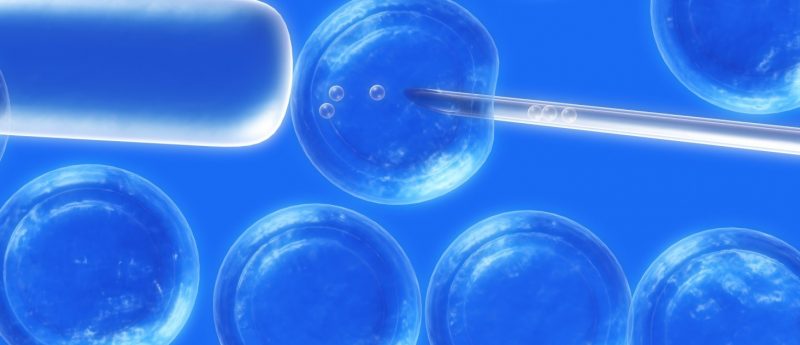Researchers identify key protein for stem cell self-renewal using CRISPR/Cas9

A research team from the University of Wisconsin-Madison (WI, USA) identify the role of α-5 laminin in human pluripotent stem cell survival and self-renewal.
In a multidisciplinary effort, a team of engineers from the University of Wisconsin-Madison (WI, USA) identified a protein integral to the survival and self-renewal processes of human pluripotent stem cells (hPSCs). The findings were recently published in Stem Cell Reports.
The aim for many researchers working with stem cells is to reproduce an environment that allows the cells to support their own survival. By identifying the protein α-5 laminin as an important key to a cell’s self-renewal and survival, the researchers can work towards creating a synthetic culture environment that promotes this protein’s production.
“If you take an array of substrates that support hPSC growth and maintenance of pluripotency, one of things they all have in common is that they allow the hPSCs to produce α-5 laminin,” explains Kristyn Masters, an associate professor of biomedical engineering at the university.
The research team utilized the CRISPR/Cas9 gene editing method to identify α-5 laminin as a key constituent for stem cell survival. This tool is able to completely ‘knock out’ a gene, by removing it completely. Tailoring the method to a specific DNA sequence is faster and more efficient than other well-known gene editing tools, such as zinc finger nucleases or transcription activator-like effector nucleases.
By knocking out the α-5 laminin gene, the team determined that without the protein, hPSCs are unable survive, let alone maintain their pluripotency.
The development of substrates plays an essential role in this field. Currently, most stem cell substrates are animal-derived and ill-defined, and researchers are working toward developing a more controlled synthetic environment that is less expensive and takes advantage of the cell’s natural processes.
“This work gives us a better idea of how to improve the substrate to make a completely defined and inexpensive culture system that’s synthetic,” stated Sean Palecek, professor of chemical and biological engineering.
If stem cell researchers are able to develop a supportive environment, the stem cells can then modify their microenvironment to promote their survival. However, inserting recombinant α-5 laminin into a cell’s environment can be very costly. Developing an environment where a cell can produce this protein on its own is a practical pathway to developing better and cost-effective substrates.
Looking forward, the team will study the means by which a stem cell modifies its extracellular matrix during differentiation.
“The implication here is, if we want to drive differentiation, what cues do we need to provide to the cell, and what is the cell going to make for itself?” concluded Pacelek. “If the cell is going to make it for itself, we can simplify the process by not adding it.”
Sources: Laperle A, Hsiao C, Lampe M et al. α-5 Laminin synthesized by human pluripotent stem cells promotes self-renewal. Stem Cell Rep. doi:http://dx.doi.org/10.1016/j.stemcr.2015.06.009 (2015) (Epub ahead of print); University of Wisconsin-Madison press release: http://www.engr.wisc.edu/news/archive/2015/July31.html